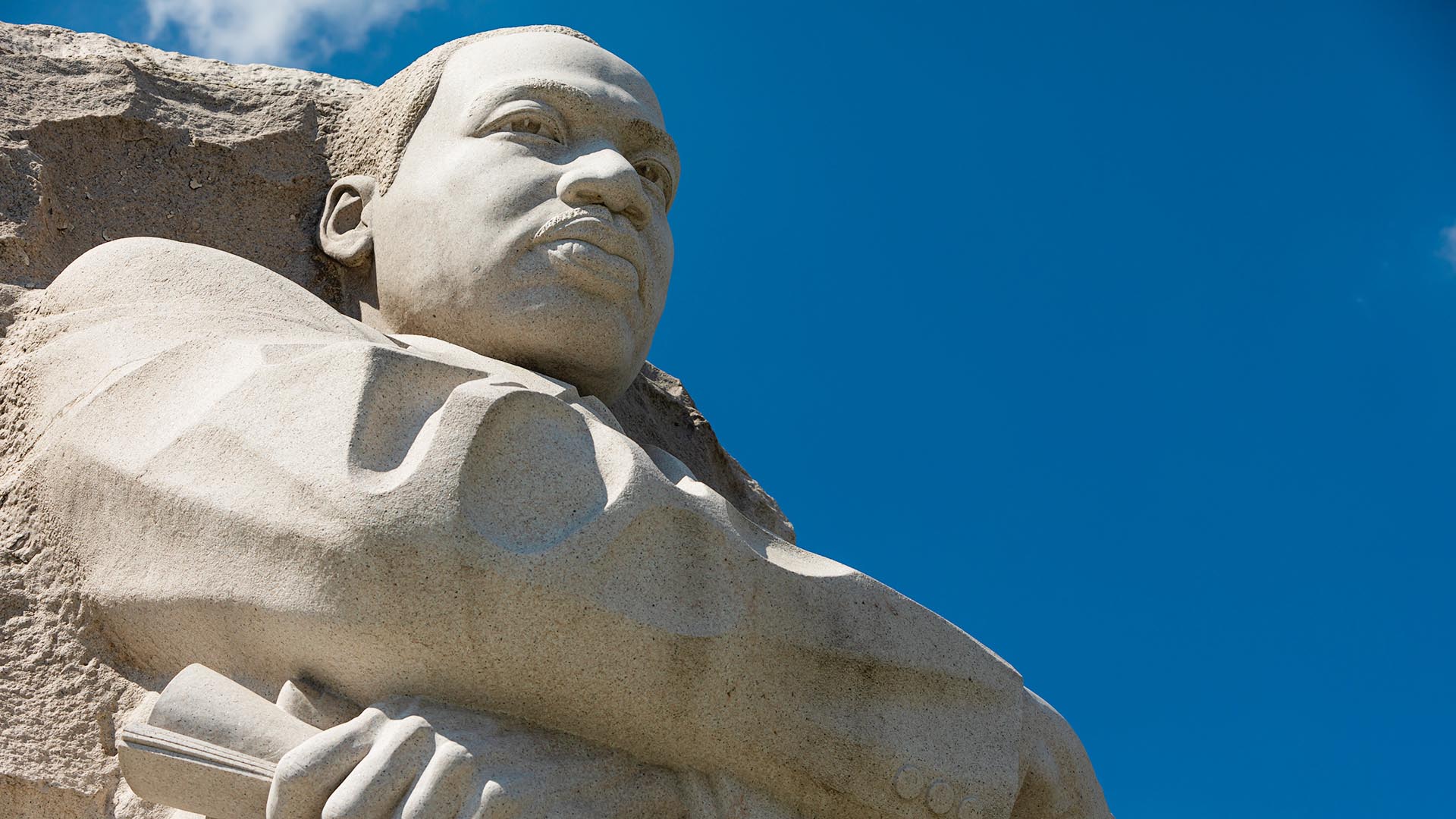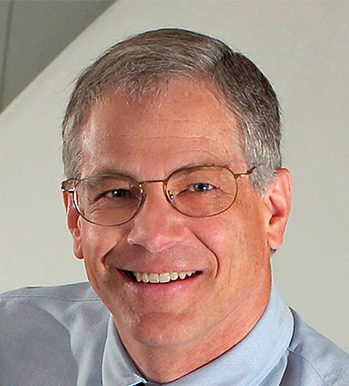MSU Denver Commencement speaker is a trailblazer who soars in the arts and in space
Astronaut and sculptor Ed Dwight knows a thing or two about overcoming adversity and achieving dreams.
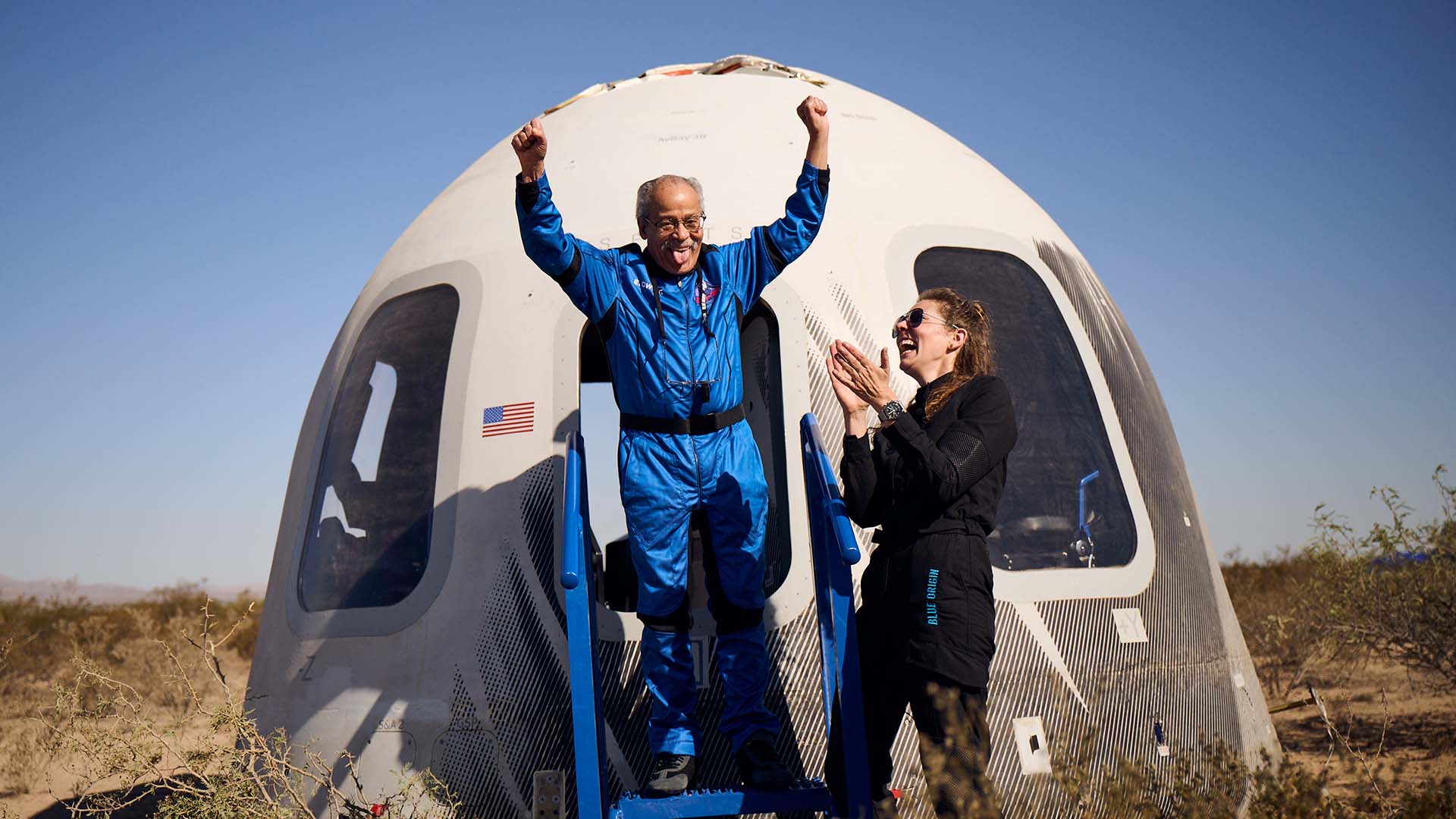
There are exceptional people, and then there are exceptional people.
Ed Dwight is one of the latter. In the 1950s, he became one of the United States’ first Black Air Force test pilots. In 1961, he was selected by President John F. Kennedy to become the country’s first Black astronaut trainee. Last year — at 90 — he finally got to climb into a rocket, and became the oldest person ever to visit outer space. And somehow, he also found time to become a world-renowned sculptor.
These days, Dwight can look back on a life peppered with prestigious awards and spectacular achievements. NASA even named an asteroid after him: Asteroid 92579 Dwight. But none of it came easy; he had to fight hard and overcome obstacles every step of the way.
So, when he stands before graduating students at Metropolitan State University of Denver’s Spring Commencement ceremony May 16 to speak about self-belief and perseverance, his audience can be sure he knows what he’s talking about.
The choice of Dwight as commencement speaker this year is especially timely and no doubt inspirational to a new generation. The University’s College of Aerospace, Computing, & Engineering and Design is about to launch a new degree program, the Bachelor of Science in Aerospace Systems and Mission, this fall.
RELATED: New Aerospace Missions program to lift off this fall
Astronaut training
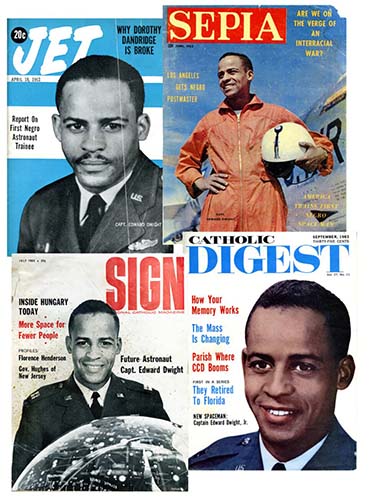
Born on a farm in segregation-era Kansas, opportunities were few on the ground for the diminutive Dwight. But his mother instilled in him the will to create his own opportunities.
She told her young son he was put here for a reason and had 80 years to make things happen and make a mark, Dwight recalled.
His artistic talent emerged early. He created art for his grade-school classrooms and won a statewide oil-painting contest and a scholarship to art school.
But he also enjoyed wandering over to a nearby airfield, where pilots would occasionally give the kid a dime to clean their planes.
When he was 8, one of them also gave him a ride, and he was hooked. “My first flight was the most exhilarating thing in the world,” he said. “You were free as a bird.”
Dwight joined the U.S. Air Force in 1953 and served as a military fighter pilot, flying some of the era’s most advanced jet aircraft. Then came his big break. Following Kennedy’s recommendation, the young flyer became the first African American to enter the special Air Force training program from which NASA selected astronauts. However, it wasn’t to be. Hostility within the program and the broader racial politics and prejudices of the time meant that, despite completing the training, Dwight was not chosen. After Kennedy was assassinated in 1963, he quickly found himself posted elsewhere.
“America was just not ready for a Black astronaut back then,” he recalled. “I was told over and over again during my time in the program,: ‘You’re 20 years too early.’”
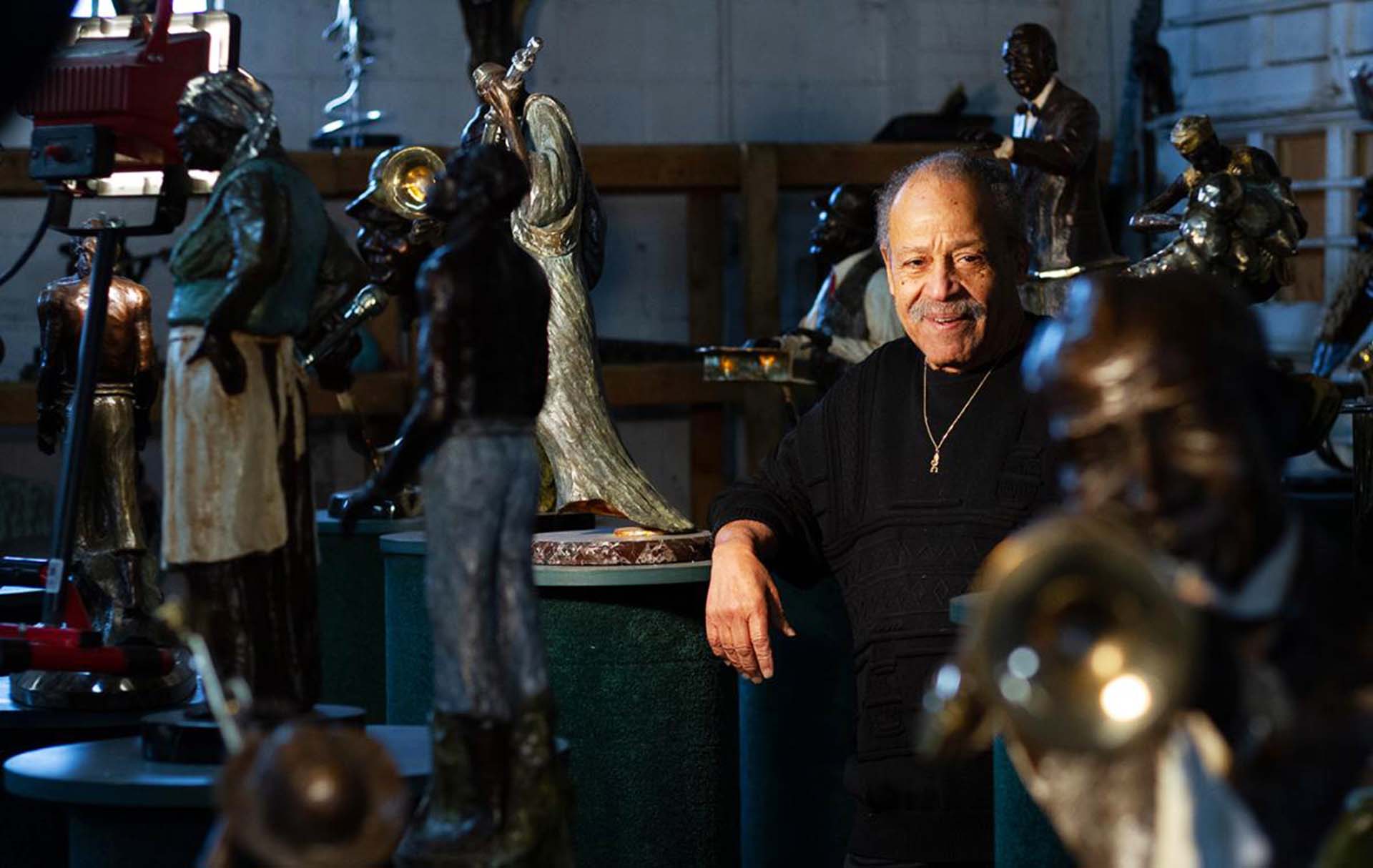
Renowned sculptor
But Dwight is not accustomed to giving up. With his space ambitions denied, he left the military and focused on his original childhood dream of becoming an artist.
And he turned his mind toward the prospect of using art, particularly sculpture, to tell the story of Black history. Five decades later, the scale of Dwight’s artistic output is astonishing.
His first commission, in 1974, was to create a statue of a fellow African American pioneer: George Brown, the former Tuskegee Airman who would became Colorado’s first Black lieutenant governor in 1975.
As the years passed, his artworks celebrating iconic Black figures, such as civil-rights leaders Frederick Douglass and Rosa Parks to baseball great Hank Aaron and music legend Quincy Jones, multiplied. They now grace numerous national parks, statehouses and public spaces, cementing his position as a major American artist. His depiction of the Rev. Martin Luther King Jr. stands in Denver’s City Park.
In all, he has created 132 public artworks and large-scale monuments, which are appreciated by millions across the United States and Canada every year. Additionally, he has produced more than 20,000 gallery works, many of which are on display around the world.
Space at last
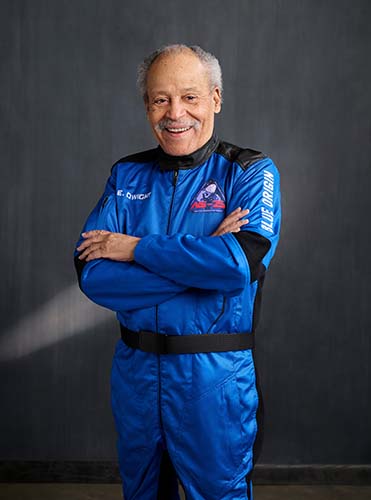
At the Spring Commencement ceremony, Dwight plans to encourage students to “recognize the inherent power they have, individually and collectively, to make things happen.” Those words will resonate because, as he knows well, strange and wonderful things can happen.
Last year, Dwight was invited to join Blue Origin’s seventh flight to the edge of space. Sixty-three years after his astronaut training began, he would finally get to experience space flight.
Moving footage from the flight shows the elder spaceman, surrounded by his floating fellow passengers, strapped firmly in his seat and giggling with pure joy. Dwight, described by a NASA colleague as “a trailblazer in … breaking the color barrier in America’s astronaut program,” finally had the big trip he was refused decades earlier.
Learn more about the Spring Commencement ceremony at MSU Denver.




